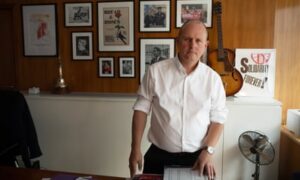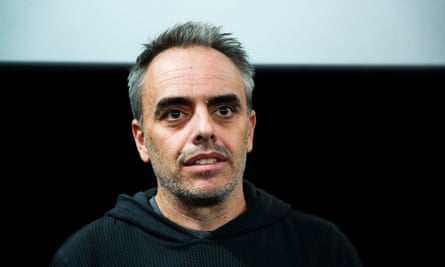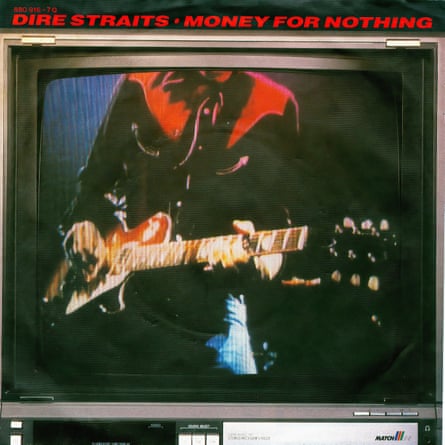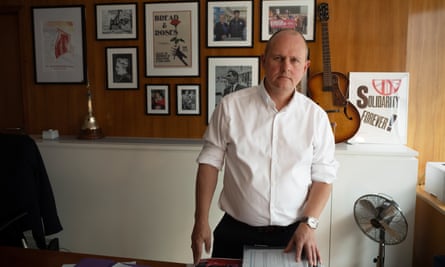One hundred years ago this week, a cellist sat in the gathering gloom of her garden in Surrey, and played. She did so most evenings, by the ivy-clad tree in the woods surrounded by bluebells. But that evening she was not alone. More than a million people were listening. This was Beatrice Harrison, one of the finest players of her generation, and it was not a solo performance but a duet. She had found that when she played outside a nightingale would visit the garden and would join her. And in a moment that made broadcasting history, she was about to share it with listeners from across the Commonwealth. It would become one of the most successful broadcasts of all time.
So when in 1992 the Mail on Sunday published an article that claimed the whole thing had been faked, it was not only a huge slight on Beatrice’s reputation, but a source of great dismay to all who had grown up with the story of these groundbreaking, beautiful broadcasts. They were the first ever to take place outside a studio, the first recordings of nature. They represented one of the most significant moments in radio, but also something intimate, simple and poignant which profoundly moved its listeners then, and ever since.
The Mail had speculated that the nightingale did not sing during that first 1924 broadcast. It claimed that the BBC had hired a music hall act called Maude Gould; a professional bird whistler or “siffleur”, performing under the name of Madame Saberon. The suggestion came from a relative of Gould, who seemed to remember Maude claiming she had been in the garden that night and had faked the nightingale’s song herself.
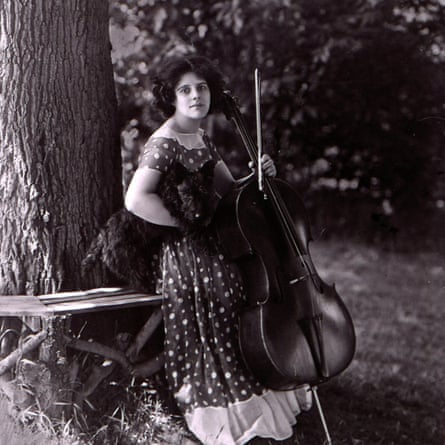
Further claims fanned the flames of the rumour when in 2022 the ornithologist Tim Birkhead was interviewed on Radio 3’s Private Passions, and called into question the authenticity of the birds’ song, having mistakenly listened to a recording that was not the first broadcast but one from three years later. Back in 1924 it was not possible to record a broadcast, only to put it out live, so we can never hear this first nightingale to judge the veracity of the accusation. The BBC quickly apologised for broadcasting the unfounded rumour, but the damage was done. And so, as we approached this month’s centenary, I determined to find out what I could about this “fake” and, if I could, clear Beatrice’s name.
Maude Gould was a colourful character, the partner of a German spy called Frederick Schroeder who, posing as Englishman Adolphus Gould, had obtained a number of crucial documents relating to the building of Dreadnoughts which Maude smuggled back to Germany. Such was the woman, who, apparently, in later years had boasted to relatives that she had secretly taken the place of the nightingale. Why she would make such a claim is a mystery. She was no stranger to adapting the truth, and it might have been that it arose from an extension of a boast. She could imitate a nightingale well enough to be mistaken for one, perhaps. Why not imagine herself into this famous cultural moment?
One of British music’s best kept secrets is a fascinating institution, the Museum of Music History. In its collections, deep in a vault near Dorking, Surrey, the papers of Beatrice Harrison are preserved alongside photographs and newspaper cuttings relating to her career. I found a typescript of Beatrice’s own account of the night in which she gave so much minute-by-minute detail of the broadcast that it would be impossible to conceive of it all being faked.
She recalled how the idea had come about, when a nightingale had surprised her by joining her in her outdoor practising: “I began to play, very lazily, all the melodies I loved best and to improvise on them. I began the Chant Hindou by Rimsky Korsakov … Suddenly a glorious note echoed the notes of the cello. I then rolled up and down the instrument, up to the top and down again: the voice of the bird followed me in thirds! … I think he liked Chant Hindou best for he blended with it so perfectly. I shall never forget his voice that night, or his trills, or the way he followed the cello so blissfully.”
It was too magical an experience to keep to herself. She contacted John Reith, director general of the BBC. Here, Beatrice believed, was the chance to use the new and still largely unexplored medium of radio to offer a message of hope and comfort when many people, only seven years after the end of the first world war, were still in deep mourning.
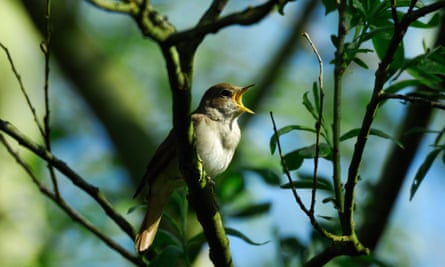
Lord Reith had taken some convincing. No broadcasts had taken place outside the BBC studios before, and the technology to make such a venture work was hardly developed. Beatrice, however, was not one to be deterred and the BBC’s most advanced microphone, the Marconi-Sykes Magnetophone, was driven down to her picturesque garden, along with a team of engineers and a mass of “paraphernalia” as she put it.
Beatrice recalled how, on the evening of 19 May, wires were laid around the garden that connected to her telephone. At 9.45pm she tiptoed out, took her seat by the tree, and waited. Her cue was the glow of an engineer’s cigarette. He lit up, she began to play. And play. Nothing happened. Engineers crouching in bushes held their breath. Beatrice played Elgar and Rimsky Korsakov.
As they all waited for the bird, a whole catalogue of mishaps occurred. Flies got stuck in the microphone. Rabbits nibbled the cables, and the Harrisons’ donkey, Gerry, got loose and brayed. For three-quarters of an hour Beatrice played, while the BBC hoped against hope that the disturbances and their presence hadn’t scared off the bird. Then, as Beatrice began to play Londonderry Air, the nightingale finally joined in. The relief was immense. “I don’t think he’d ever sang more gloriously,” Beatrice wrote.
The following morning, there were car loads of fans outside her house. Letters poured in in their sack loads, addressed to the “lady with the nightingales”. I found multiple accounts from newspapers detailing how, once the nightingale had finally begun to sing, no fewer than six others joined. A cutting Beatrice had kept from the Daily Express, gloriously entitled Trills and Thrills, written “by a special correspondent who was there”, tells us that “waiting for the nightingale was as thrilling as a seance. Three-quarters of an hour passed, and seemed like a whole night of waiting, then suddenly, above the notes of the cello came the song of the nightingales. First one could be heard, then others joined in in a wonderful chorus.”
Could there really have been six women in bushes? Unlikely. My findings in the Museum of Music History’s archive led me to also explore the BBC’s papers in its archive, and I found no evidence of it engaging Gould.
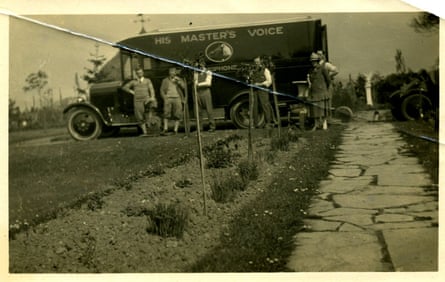
The cello and the nightingale broadcasts became an annual fixture in the BBC calendar and the live event was repeated for the next 12 years, and in 1927 HMV issued recordings of the duet. It had captured something pure, joyful, unspoilt by industrialisation or war. And it was no coincidence that it was a nightingale that spoke to people so strongly. The most symbolic of birds, it has since the myth of Philomel been associated with resilience and finding a voice through suffering and has always fascinated poets – Keats’s Ode to a Nightingale being only one example. A century ago there were 90% more nightingales visiting the UK than now, but even so, few people who lived in cities would have had the privilege of hearing one of these mysterious, shy birds who choose to project their stream of song from hiding places in dense thickets. What better bird to be paired with a cello, the most melancholy and soulful of instruments?
Beatrice Harrison would forever be linked to the nightingale broadcasts and with her help, the BBC had established radio as a vital part of culture, opening the door to outside broadcasting, nature programmes, immersive drama – a world of possibilities. The only person who was not so impressed was Beatrice’s gardener, who liked her playing, “but it’s only that it attracts those damn birds, and they do eat the fruit something cruel!”
Source: theguardian.com







